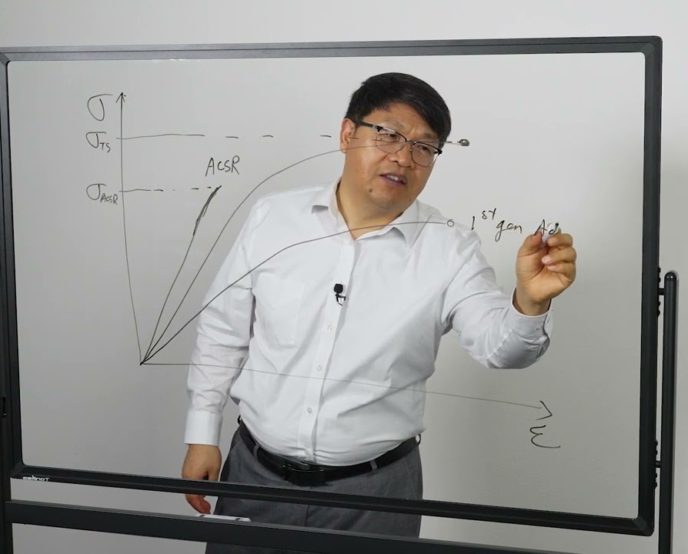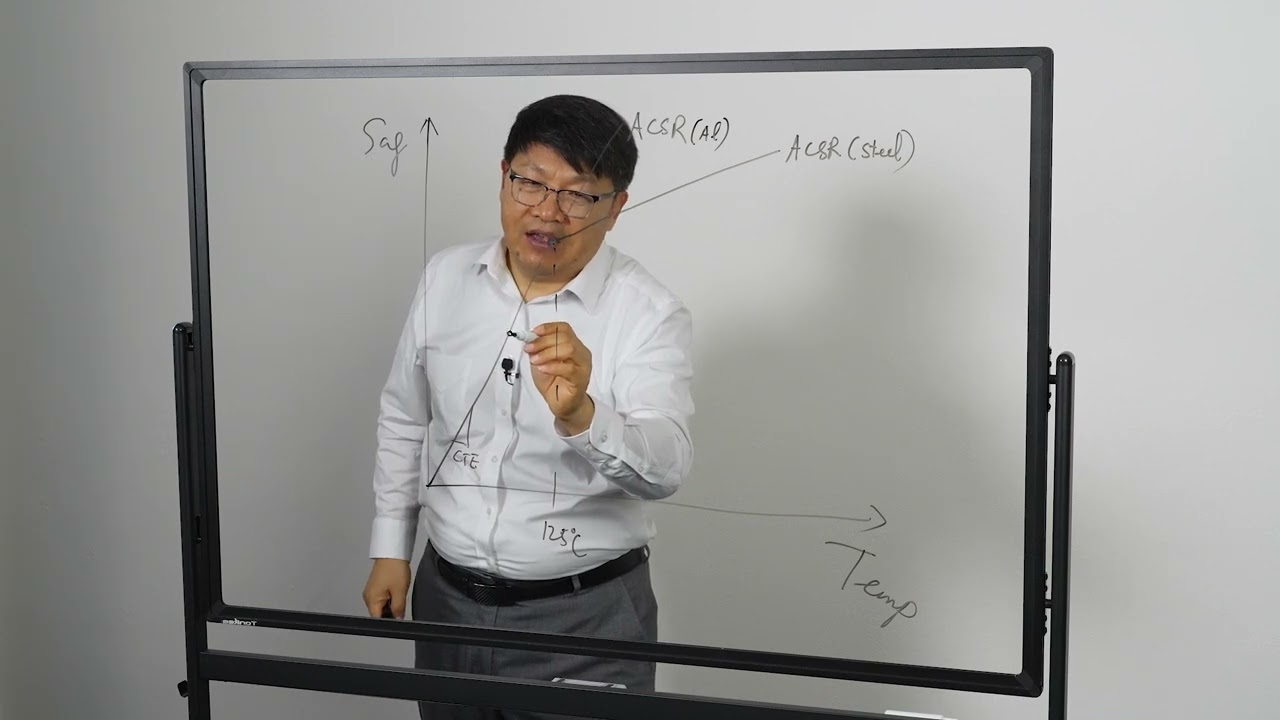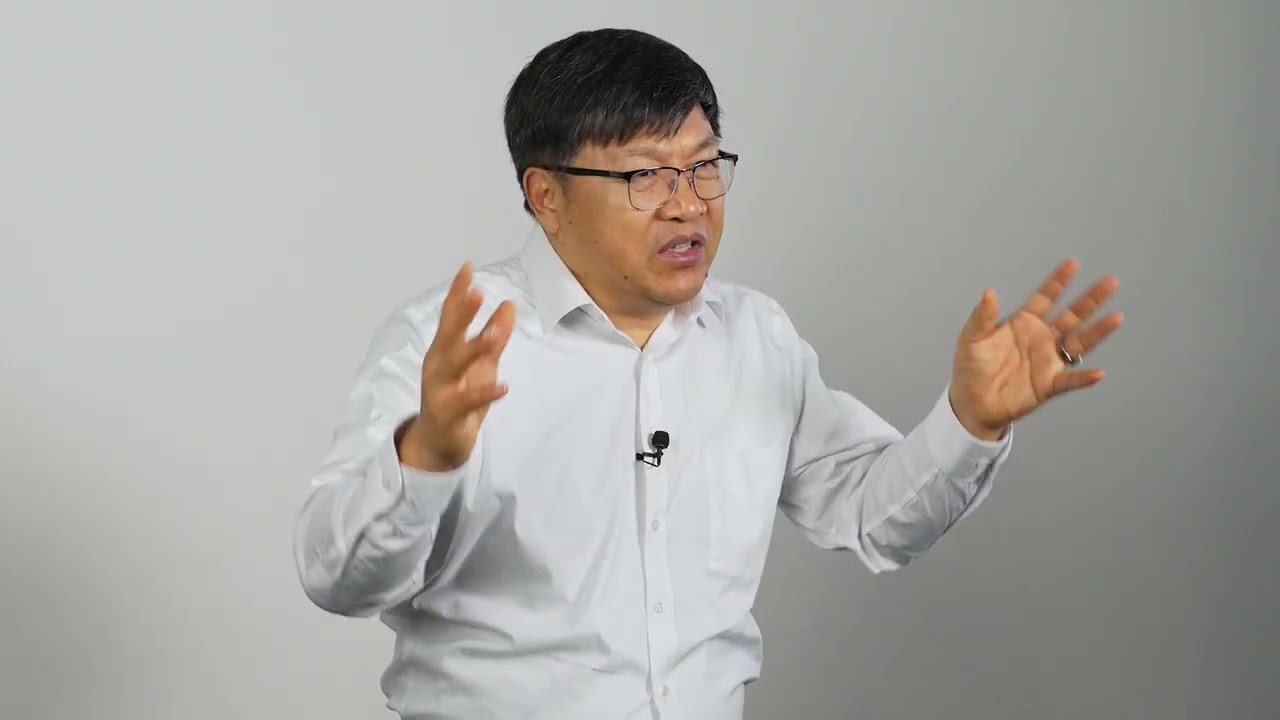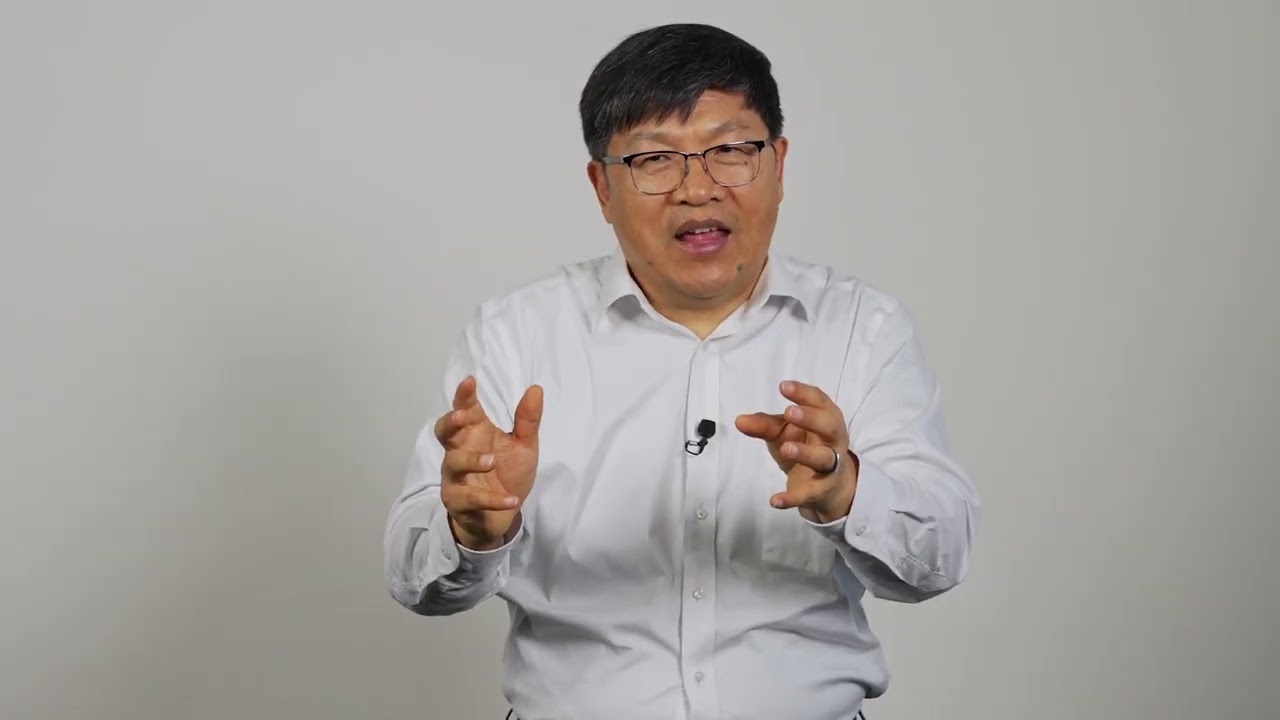The mechanical behavior of conductors fundamentally affects their performance, installation requirements, and long-term reliability. At the heart of this behavior is the relationship between stress and strain – how a conductor responds when mechanical forces are applied.
Understanding Stress-Strain Behavior
Traditional ACSR (Aluminum Conductor Steel Reinforced) conductors show a relatively straightforward stress-strain relationship that can be approximated as linear. This simple behavior has led many utilities worldwide to use linear calculations in their sag-tension analysis, an approach that has worked well enough for traditional conductors.
However, both ACSS (Aluminum Conductor Steel Supported) and composite core advanced conductors exhibit distinctly non-linear stress-strain relationships. This non-linearity comes from the same mechanism in both cases – the fully annealed aluminum strands transferring load to the core (whether steel or composite). This means that traditional linear approximations are no longer adequate – polynomial models must be used for accurate sag-tension calculations.
Core Materials and Their Impact
The mechanical behavior of a conductor is largely determined by its core material and construction. A key property is the elastic modulus – defined as the slope of the stress-strain curve – which indicates how much a material stretches under load. A higher modulus means greater resistance to stretching.
Traditional ACSR uses a steel core, providing high stiffness due to steel’s high elastic modulus. The hard aluminum strands also contribute to the mechanical strength, creating a composite structure. This proven design has served the industry for over a century.
ACSS also uses a steel core, giving it similarly high elastic modulus. However, because its annealed aluminum strands don’t contribute significantly to mechanical strength, its overall behavior differs from ACSR despite having the same core material.
First-generation advanced conductors took two distinct approaches to core design, each with inherent limitations.
ACCR contains ceramic fibers in a metal matrix core. While ceramic fibers provide high stiffness, they can only stretch about 0.7% before failing. This limited tensile strength requires the use of specialized aluminum alloy strands for additional strength, compromising electrical performance.
ACCC used a hybrid core combining glass and carbon fibers. While innovative, the inclusion of glass fiber significantly reduced the core’s modulus. Glass fiber’s modulus is only about one-third that of carbon fiber, resulting in lower overall stiffness. This makes ACCC less suitable for areas with heavy ice loading or long spans.
TS Conductor’s AECC technology takes a different approach. By using a carbon composite core without glass fiber, protected by our patented aluminum encapsulation, we achieve a sufficient modulus to handle extreme weather conditions.
Real-World Performance
When evaluating conductor performance for line design, what matters is the total sag under all operating conditions. This includes both mechanical sag from ice/wind loading and thermal sag from conductor heating during operation.
While steel-core conductors (both ACSR and ACSS) exhibit lower mechanical sag under ice and wind loading due to their higher modulus, their thermal sag characteristics often become the limiting factor in line design. ACSS in particular, despite its high modulus, experiences significant thermal sag at its high operating temperatures.
TS AECC may experience somewhat higher mechanical sag but maintains significantly lower thermal sag. The net result is that TS AECC can maintain required clearances under all conditions while providing greater capacity.
This illustrates why it’s crucial to consider both mechanical and thermal behavior when selecting conductors for transmission line projects. While mechanical properties like modulus are important, they must be evaluated as part of the complete performance picture.




